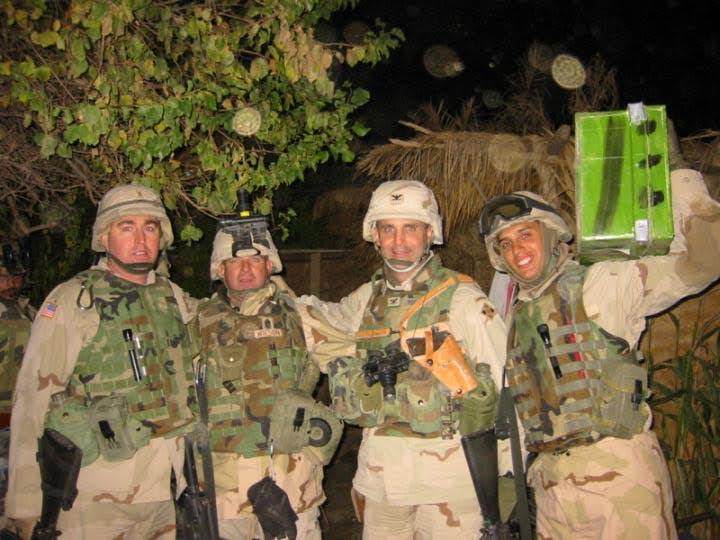

Hussein used his time in captivity to think about why his party had failed to stay in power. The military rulers threw Hussein and several other Baath Party leaders in prison. The Iraqi military managed to overthrow the Baathists and regain control of the government less than a year later. That they had been questioned and tortured by Hussein himself. Some prisoners who survived later testified

Over the next few months the Baathists turned Iraq's royal palace into a torture chamber for their enemies.

A Baath Party official pointed out the bullet holes in the corpse and then spat into the murdered general's face. First, it proved that the former leaders would not be returning by showing Qassem's dead body on Iraqi television. Thanks to the support of his older cousin, Ahmed Hassan al-Bakr (1914–1982), Hussein was given a position in the Baath regional command, which was the party's highest decision-making body in Iraq.Īs soon as it gained control of the government, the Baath Party showed Iraqi citizens that it was willing to use violence and threats to remain in power. Hussein immediately returned to Iraq and claimed his place in the new regime. In 1963 the Baath Party succeeded in overthrowing the Iraqi government. He fled to Syria and eventually settled in Cairo, Egypt, where he entered a university and studied law. When the assassination attempt failed, Hussein left Iraq in order to avoid capture. In 1959 Hussein was one of a group of Baath revolutionaries who tried to murder Iraq's military ruler, General Abdul Karim Qassem (1914–1963). It was made up primarily of violent and ruthless men who were willing to do anything to take control of the Iraqi government. The Iraqi Baath Party was a small, disorganized splinter group of this larger movement. The idea behind the movement was to unite the Arab world and create one powerful Arab state. ( Baath means "rebirth" or "renaissance" in Arabic.) Baathism was a radical political movement founded in the 1940s by Syrian revolutionary Michel Aflaq (1910–1989). In 1957, as a twenty-year-old student, Hussein joined the Iraqi Baath Party. It is known that when he was a teenager, Hussein killed his brother-in-law during a violent family argument and was sent to prison for six months. He has claimed that he was ten years old when he first killed someone. Hussein also realized at a young age that threats and violence would help him get what he wanted. To view other people with mistrust and to rely only upon himself. Some historians claim that his harsh upbringing taught him Hussein has said that he endured a difficult childhood, in which he was abused and often prevented from attending school. The main influences in his young life were his stepfather and one of his uncles. It is known that Hussein's father either died or left the family before Saddam was born. As a result, some facts about his life are uncertain. After he came to power, Hussein invented or exaggerated many details of his early life to enhance his image as a powerful and ruthless leader. He grew up as a peasant near the Sunni Muslim village of Tikrit, which is located about 100 miles (161 kilometers) north of Baghdad along the Tigris River. Saddam Hussein, whose name means "he who confronts" in Arabic, was born in 1937. The story of Hussein's youth and his rise to power helps explain his aggressive behavior toward his neighbors in the Middle East. After becoming president of Iraq in 1979, Hussein involved his country in two major wars over the next dozen years. The main figure on the Iraqi side of the 1991 Persian Gulf War was Saddam Hussein (1937– ruled 1979–2003).


 0 kommentar(er)
0 kommentar(er)
